Moth Gardens and Moon Gardens
Why and how to garden for moths… and how to create a beautiful moon garden to enjoy after dark
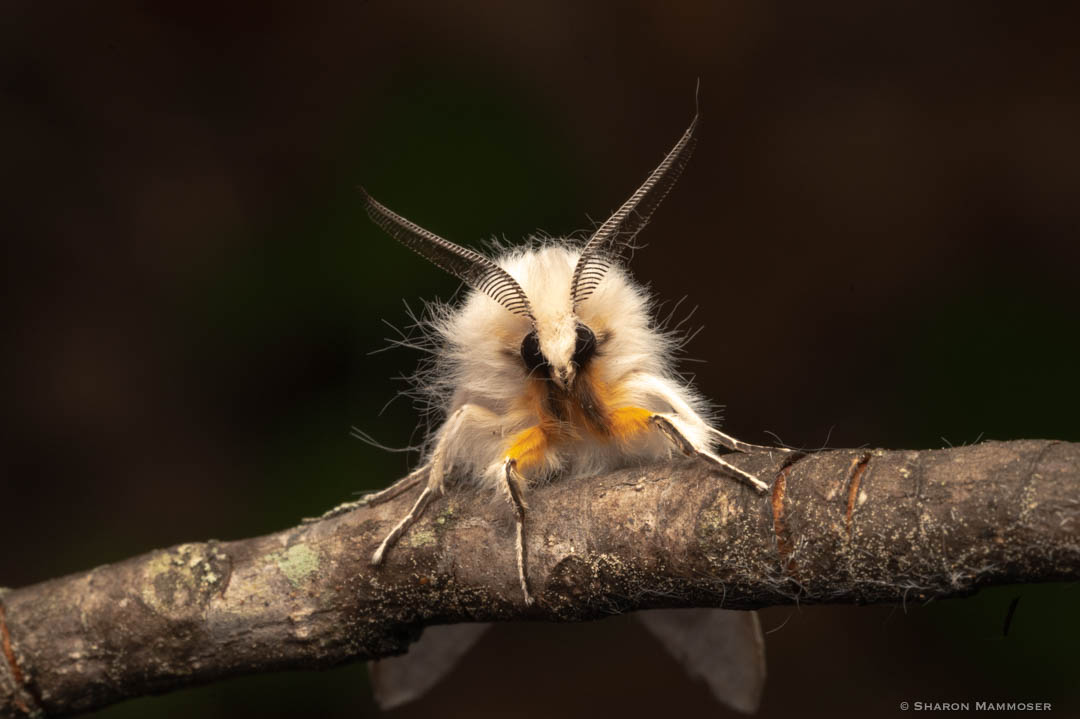
What’s In This Guide to Gardening for Moths
You hear more about gardening for butterflies, but gardening for moths can be just as magical… and you can even create a night-blooming moon garden! This guide was created by naturalist and photographer Sharon Mammoser and offers everything you need to get started. Enjoy her gorgeous photos as you learn how to bring more variety and beauty to your own garden.
Why Garden for Moths

Did you know that the last week in July is National Moth Week? Or that Ohio holds an event each July called Mothapalooza that brings together self-professed “Nature Nerds” from all over the eastern United States to look at, learn about, and photograph moths? For several nights into the wee hours of the morning, attendees gather around “mothing stations.” Special bulbs and ultra violet lights directed at white sheets attract an amazing diversity of insects. “Trapped” in the lights on a white background to highlight their shape, size and color, the moths are the source of lots of oohing and aahing–like watching fireworks, only for nature lovers!
More people are learning the importance of making small changes in order to create wildlife sanctuaries and to be better guardians of our yards. Like planting milkweed, welcoming bats, and turning off your outdoor lights at night, the tide is turning. This includes rolling out the red carpet for moths. It used to be that yards and gardens were all about looking nice with no thought to the animals who share our outdoor spaces. But these days, with books like Bringing Nature Home by Doug Tallamy and Gardening for Moths, by Jim McCormac and Chelsea Gottfried, change is coming, one yard at a time.
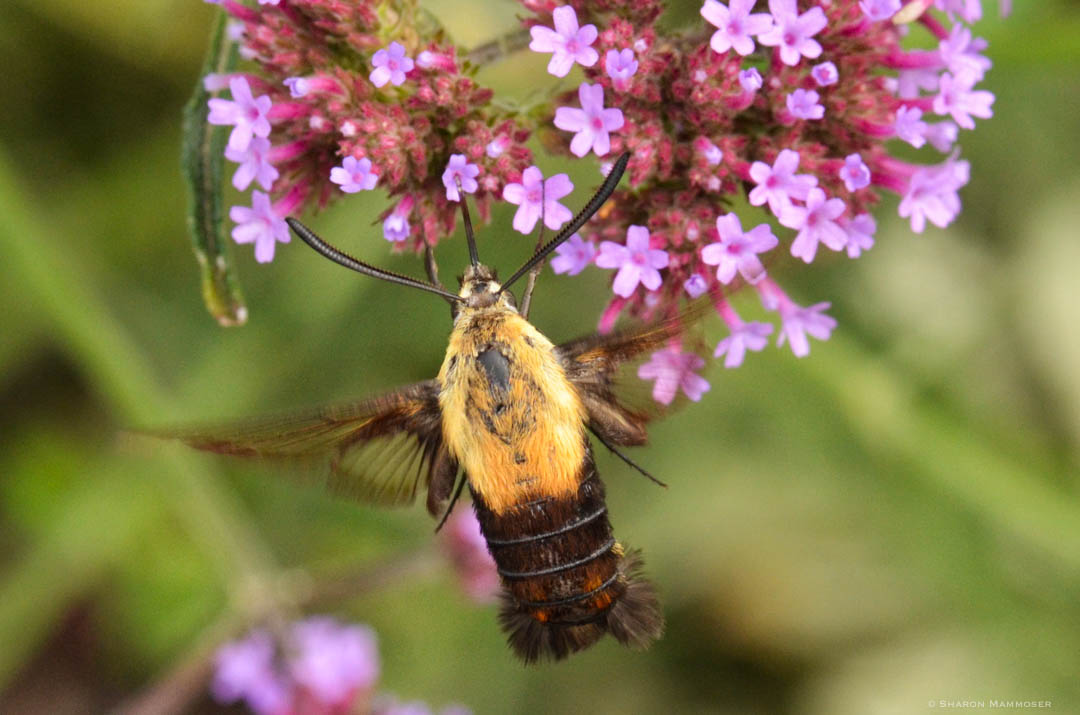
It’s true that if you do any gardening research online you will find lots of articles about how to eliminate moths and caterpillars from your yard and garden. Holes in your leaves? Caterpillars on your flowers? Frass (caterpillar poop) raining down from the treetops? Article after article will tell you how to get rid of moths. In addition, you’ll easily find plenty of movies, books and popular shows, like Silence of the Lambs, portraying moths as harbingers of doom. Sadly, moths don’t have a very positive reputation.
But they should, especially if you like birds because without moths and their caterpillars we would not have birds, bats, and many other species of animals. Moths and their caterpillars are essential to a healthy, functioning ecosystem.
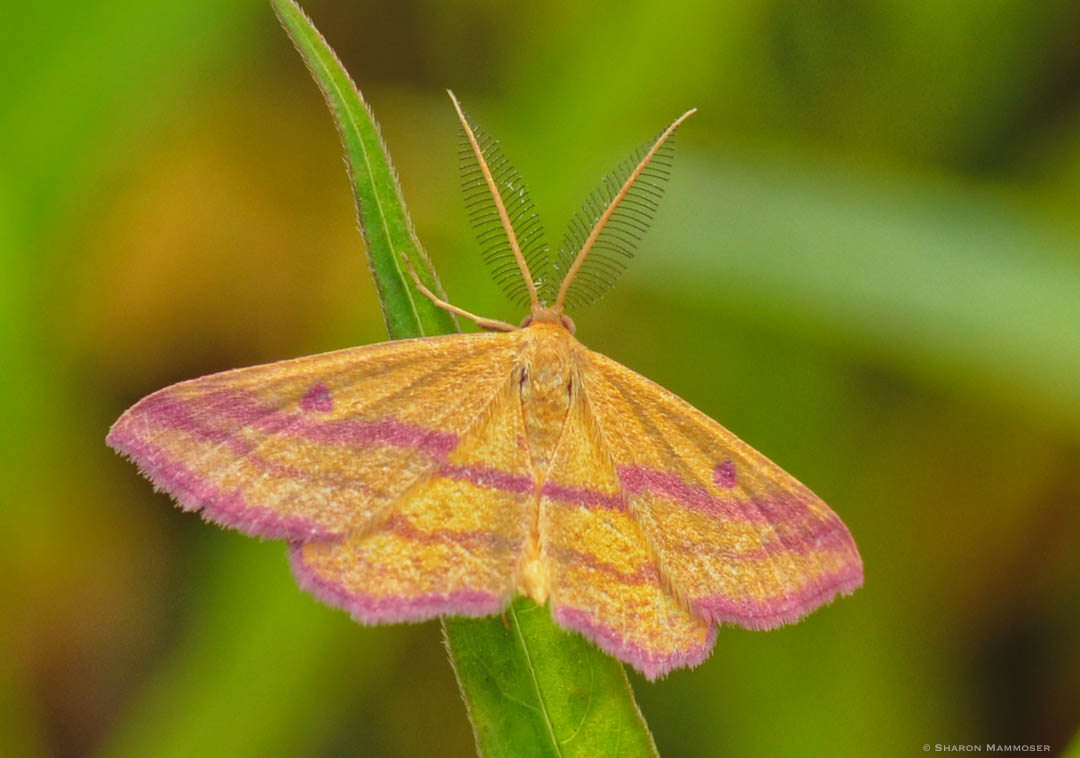
Most people are shocked to learn that moths outnumber butterflies TEN to one! Worldwide there are 160,000 species of moths and about 17,500 of butterflies. Both insects belong to the order Lepidoptera which means “scaled wings” because their wings are covered with thousands of tiny, overlapping scales, like shingles on a roof. When you touch a butterfly or moth and are left with a “powder” on your fingers, these are the scales of the insect. After their egg and caterpillar phase, both butterflies and moths go through a metamorphosis, drastically changing the way they look. Most moths are nocturnal, have hairier bodies and have antennae that are threadlike or feathery. Butterflies have club-tipped or knobbed antennae. Many moths and butterflies visit flowers for the nectar, and both inadvertently pollinate those flowers, but the hairier bodies of moths make them much more efficient pollinators.

Do you want to see a beautiful creature? Care to be fascinated? Then just look at some photos of moths as the colors, sizes, shapes, and overall diversity is staggering! There are moths with fake eyes, moths with perfect camouflage hiding secret colors under their forewings, moths that mimic wasps and hummingbirds, moths with long tails meant to outsmart bats, moths that sleep in flowers, moths with long proboscises that can reach deep into the nectary of flowers, and moths with antennae so perfect you’d swear they were feathers. There are yellow and pink moths, delicate green moths, and moths with intricate designs that look hand-painted. Our biggest moth in North America–the Cercropia– lives here in western NC and has a wingspan of 5-7 inches! The largest member of Lepidoptera is not a butterfly, but a moth.
And guess what? Of the 160,000 species of moths, only ONE — the common clothes moth caterpillar (Tineola bisselliella) eats fabric. And yes, some moths in large numbers can defoliate a forest, but those are largely non-native moths that have few or zero natural predators.
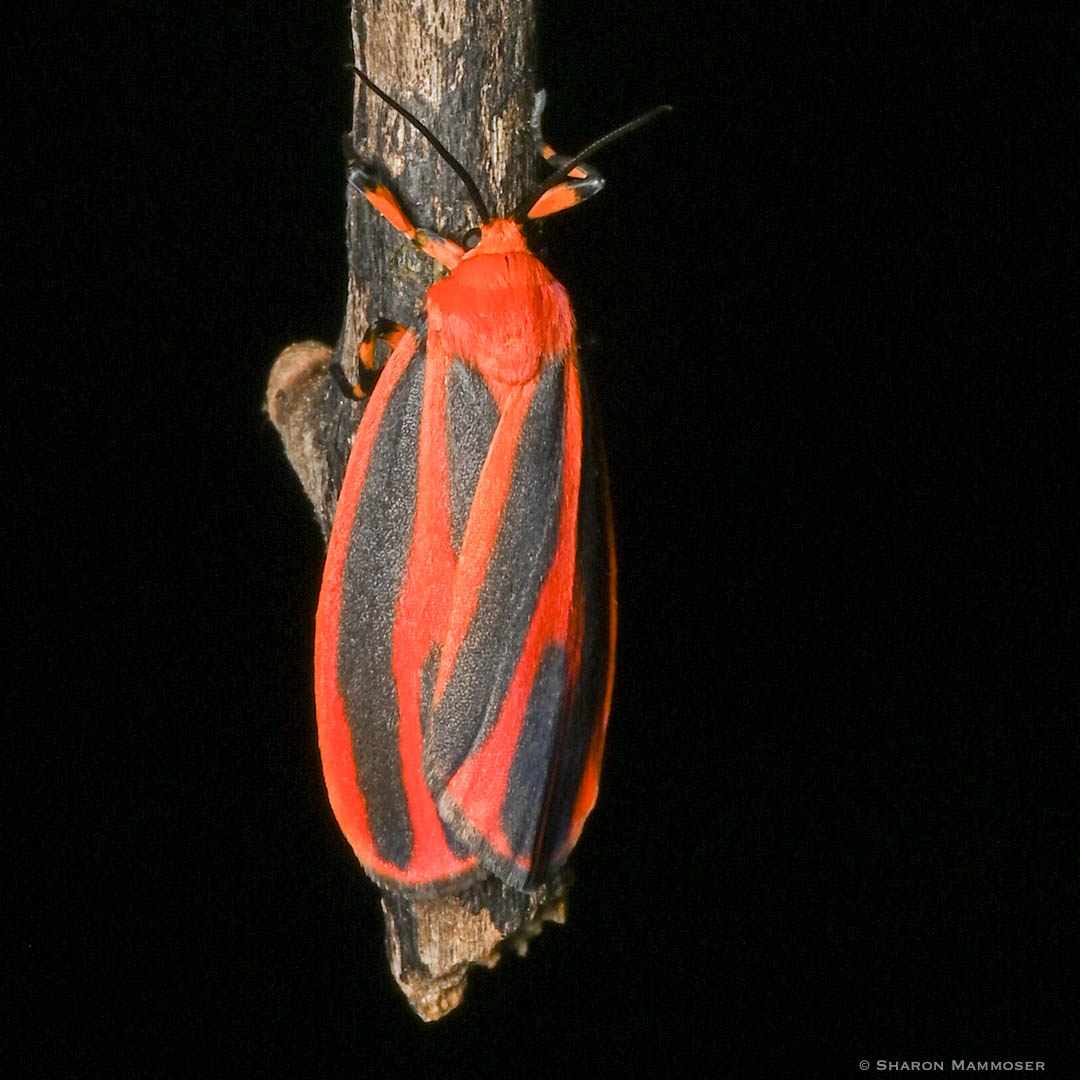
Gardening for moths is a natural step to take for anyone who loves the outdoors and wants to make a difference. Just like gardening for butterflies and welcoming pollinators, gardening for moths should be on your radar. Gardening for moths requires you to look at your yard a little differently, willing to accept some nibbled leaves. You, the homeowner become a facilitator of biodiversity, a hero for the underdogs, rather than a stringent gatekeeper only allowing in a select few. When you intentionally put things in your yards that attract and support moths and their caterpillars, many, many other animals benefit. And you benefit too because your yard will be a lot more interesting and busy with wildlife large and small. And thankfully, it’s not difficult to find flowers, trees, shrubs and other plants that add beauty AND support a diversity of wildlife, including moths.
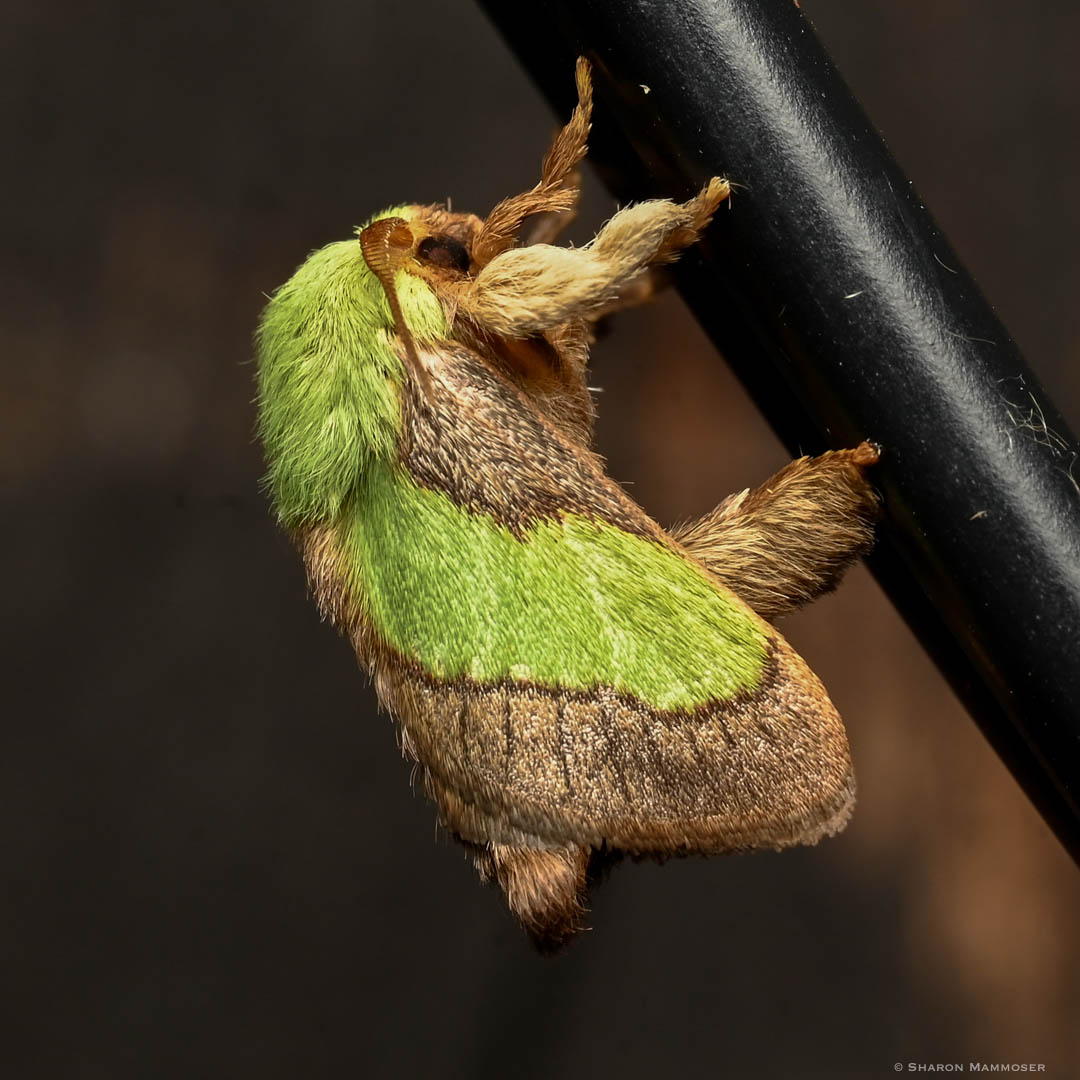
So are you convinced about the value of gardening for moths? The guide to gardening for butterflies is a great resource to get your started as all of these points also apply to moths. Many plants have evolved side by side with moths, and like a butterfly caterpillar can’t just feed on anything green, the same is true of many moth caterpillars. Knowing which plants the caterpillars require —called the host plants—is a first step in creating a suitable habitat that supports a great diversity.
And just like butterflies need nectar sources, so do most moths (Some moths do not have mouthparts as adults and so do no feeding. They live only a short time.) There are many flowers that are especially attractive to moths. Some even open as the sun sets, excluding our diurnal (or daytime) pollinators in favor of moths. How about adding a Moon Garden to your yard? You can do this by choosing white and light-colored flowers, fragrant flowers and even flowers like Primrose that open just after sunset. See below for a list of nectar plants for your moon garden.
Below are just a few host plants for moth caterpillars to get you started.
Native Host Plants for Moths
St. John’s Wort Family

Scientific name: Clusiaceae
Type: Shrub
Height: Varies depending on species
There are about 20 species of St. John’s Wort in North America. Most have showy yellow flowers that attract a variety of insects and have a long bloom time.
Potential moths: More than 18 different kinds, including Black Arches (Melanchra assimilis), Common Pug (Eupithecia miserulata), Red-fringed Emerald (Nemoria bistriaria) and Wavy-lined Emerald (Synchlora aerata).
Violets

Scientific Name: Violaceae
Type: Wildflower
With about 77 different species to be found in North America (900 worldwide), there are many to choose from, and they’re not all violet colored. Violets can also be white and yellow. There are more than 10 species of moths whose caterpillars feed on violets including, Giant Leopard Moth (Hypercompe scribonia), Venerable Dart (Agrotis venerabilis) and Large Yellow Underwing (Noctua pronuba.)
Highbush Blueberry and Deerberry

Scientific name: Vaccinium corymbosum and Vaccinium stamineum
Type: Fruit Shrub
More than 40 different moth caterpillars will potentially feed on the leaves of members of the Heath family, such as high bush blueberry and deerberry, including the Apple Sphinx (Sphinx gordius) Azalea Sphinx (Darapsa choerilus), Decorated Owlet (Pangrapta decoralis), Harris’s Three-spot (Harrisimemna trisignata) and Graceful Underwing (Catocala gracilis.)
Common Serviceberry

Scientific Name: Amelanchier arbor
Type: Understory Tree
Blooming in early spring with a profusion of white flowers, this tree offers something of interest in all seasons. The berries ripen in early summer and feed many birds including cedar waxwings and bluebirds. More than 25 moth species feed on the leaves of this early-blooming tree, including the Blinded Sphinx (Paonias excaecatus), Charming Underwing (Catocala blandula), Pale Beauty (Campaea perlata) and Small-eyed Sphinx (Paonias myops.) As a bonus, this tree is also the host plant for our beautiful Red-spotted Purple butterfly (Limenitis arthemis).
Ninebark

Scientific Name: Physocarpus opulifolius
Type: Shrub
Ninebark is a great alternative to the very invasive and non-native Burning Bush (Euonymus alatus). It makes a great foundation shrub. It has gorgeous white flowers that bloom in spring and attract many moths, pollinators and other wildlife. More than 15 species of moths potentially feed on the leaves of Ninebark.
Evening Primrose Family
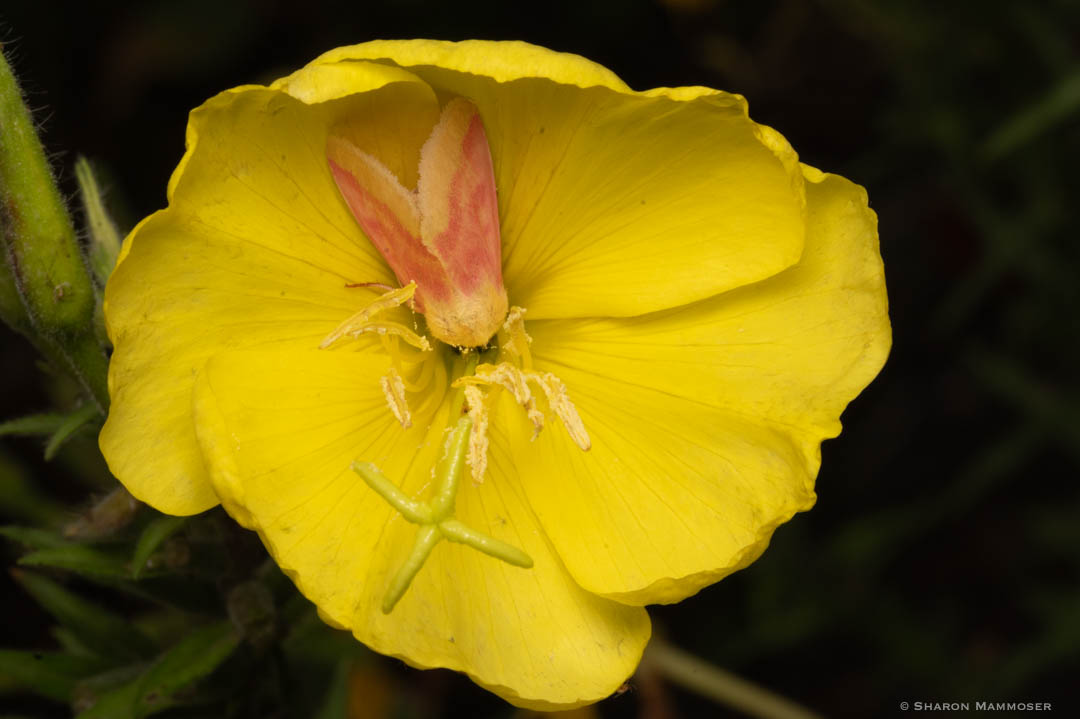
Scientific Name: Onagraceae
Type: Wildflowers
Most in this family have fascinating flowers that open at dusk and then close again in the morning, thus eliminating diurnal pollinators like butterflies and bees. Many moths are attracted to the fragrance and light-colored blooms of Primrose. Potential moths include the Primrose Moth (Schinia florida), Nessus Sphinx (Amphion floridensis) and White-lined Sphinx (Hyles lineata).
Buttonbush

Scientific Name: Cephalanthus occidentalis
Type: Shrub
When found naturally, this shrub is often at the edges of lakes, ponds, rivers or other wetlands, with its roots in the water. However, when grown in your yard or garden it does not have to be in a wet spot. It creates dense stands with profuse gumball shaped white flowers that are an absolute pollinator magnet. Buttonbush is a great shrub as a foundation plant and can replace the non-native and invasive Butterfly Bush (Buddleja davidii). Buttonbush hosts more than 10 moths, including the Harris’s Three-spot (Harrisimemna trisignata), Promethea Moth (Callosamia promethea) and Beautiful Wood-nymph (Eudryas grata).
Nectar Plants for a Moon Garden

You will enjoy your garden of night-blooming flowers as much as the moths that come to find nectar there. There are many possibilities! Choose white or light-colored plants that will stand out in the moonlight and group them together. Also, heavily scented flowers are great here too. You can also add plants with silver or light foliage including Silver Artemisia, (Artemisia schmidtiana) or Lamb’s Ear (Stachys byzantina)
Annuals
- Moon flower (Ipomoea alba)
- Woodland Tobacco (Nicotiana tabacum)
- Night Phlox (Zaluzianskya capensis)
Perennials
- Phlox, (such as Phlox subulata)
- Foxglove (Digitalis)
- Climbing Hydrangea (a twining vine: Hydrangea anomala)
- Tina James Magic Evening Primrose (Oenothera glazioviana)
- Gardenias (Gardenia jasminoides)
- Jasmine
- Honeysuckle (Lonicera spp.)
Shrubs
- Hummingbird Clethra (Clethra alnifolia)
- Little Henry Itea (Itea virginica)
- Bottlebrush Buckeye (Aesculus parviflora)
- Various Hydrangeas such as Silverleaf Hydrangea (Hydrangea radiata)
- Non-native, but not invasive, Glossy Abelia (Abelia x grandifolia)
Where to find Magic Evening Primrose
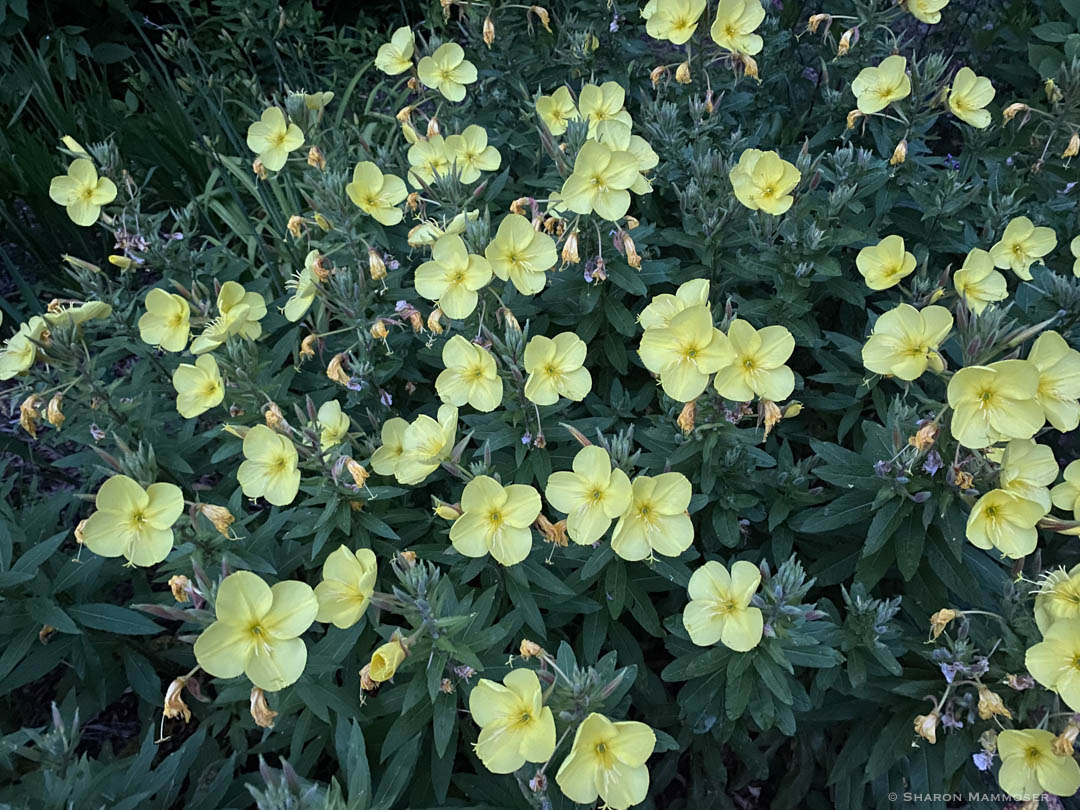
You will be especially enchanted by the aptly named Tina James Magic Evening Primrose, which opens like magic every evening at dusk, right in front of your eyes. One local source for this unique night-blooming plant is Milkweed Meadows Farm, owned by local gardener and educator, Kim Bailey. See their upcoming sales here.
How to Set Up a Mothing Station
If you are interested in setting up your own mothing stations to attract moths to your yard, you can learn more about how to get started with that here.
Good luck! You’ll surely be amazed at the beauty and diversity of moths!
